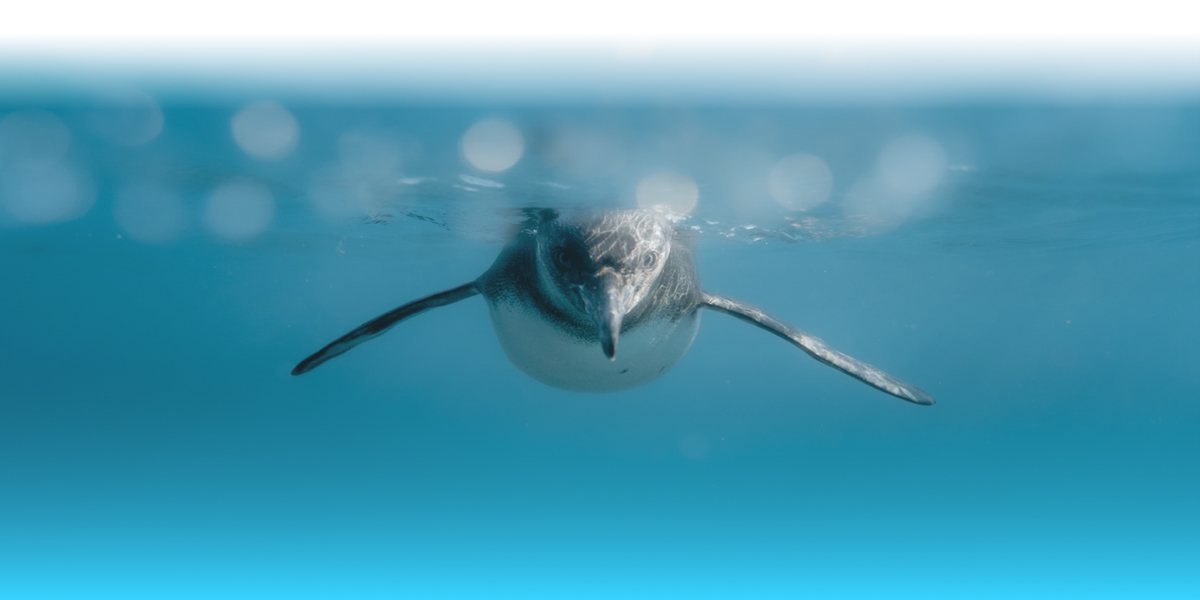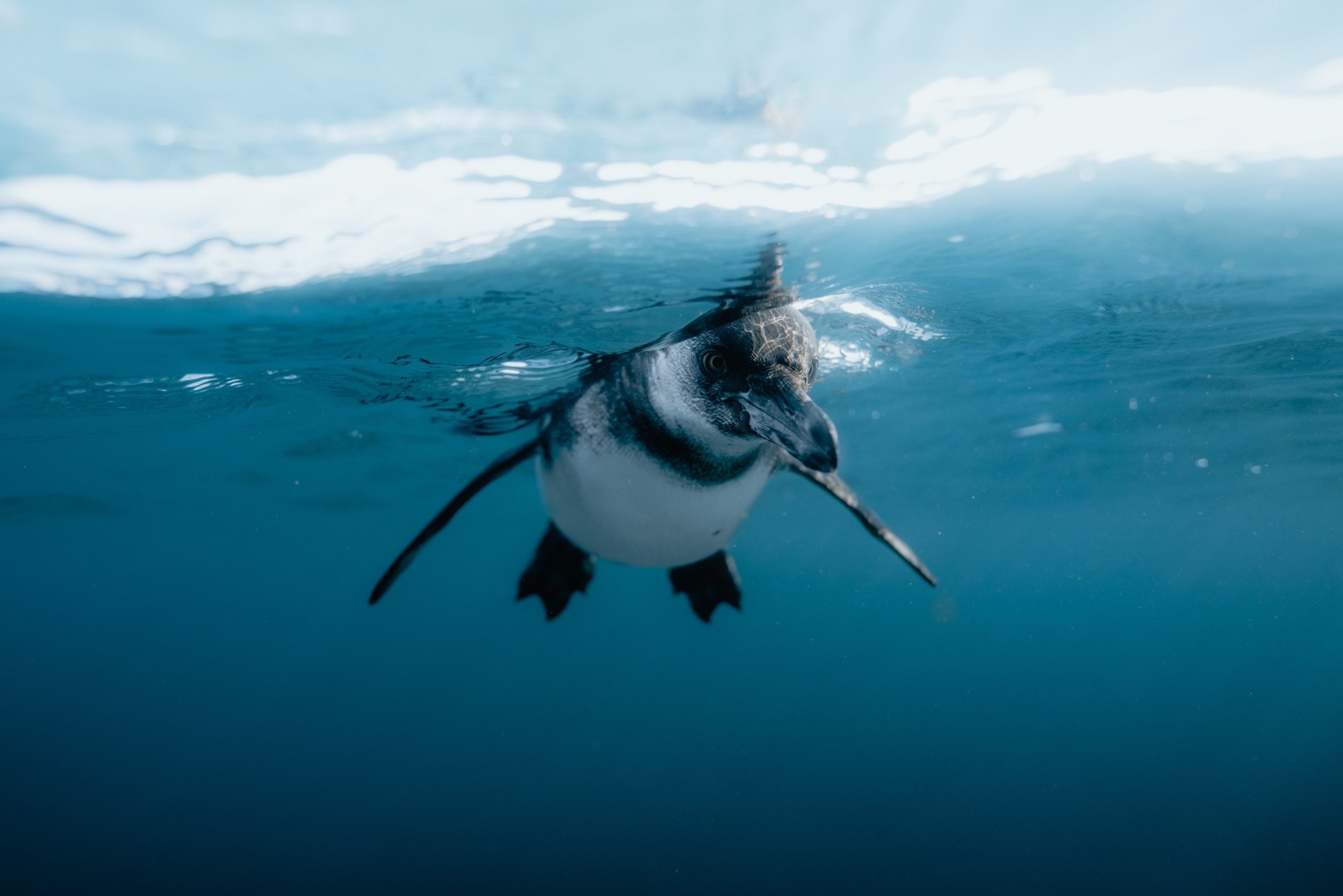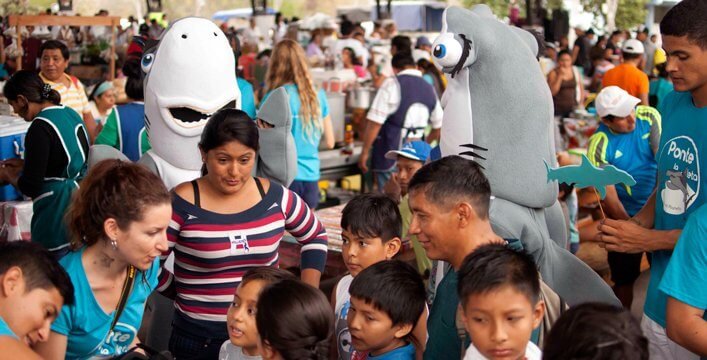
Did you know that a shark generates more than 5 million dollars in the span of its entire life in the Galapagos? Or that the Darwin and Wolf Islands host the highest shark biomass on the planet? These and many other interesting facts will be presented in the campaign titled “Protect the Fins and the Ocean Wins” that the Charles Darwin Foundation (CDF) will publicize during the upcoming months.
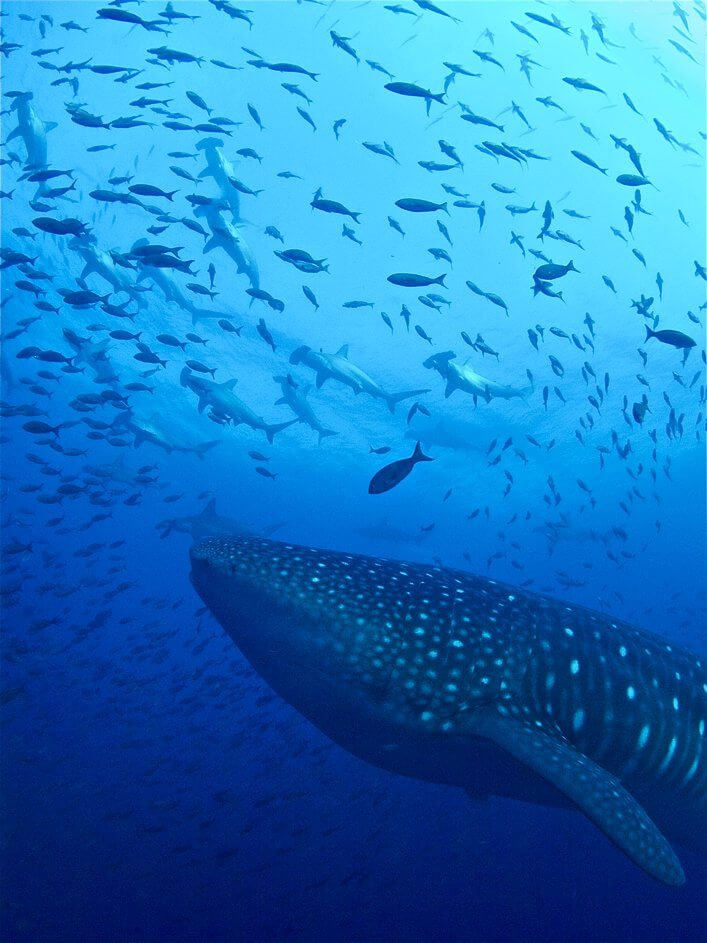
The campaign aims to promote the coexistence of humans and sharks, using the Galapagos as a sustainable model. We will spread informative messages that can change the negative perception some people may have about these animals. The bad publicity sharks have received through movies or social media has spread fear in our society. Sharks, however, aren´t the dangerous creatures many imagine them to be. If we took the time to understand them better, we would see that they are truly fascinating animals that also play a fundamental role in maintaining healthy oceans.
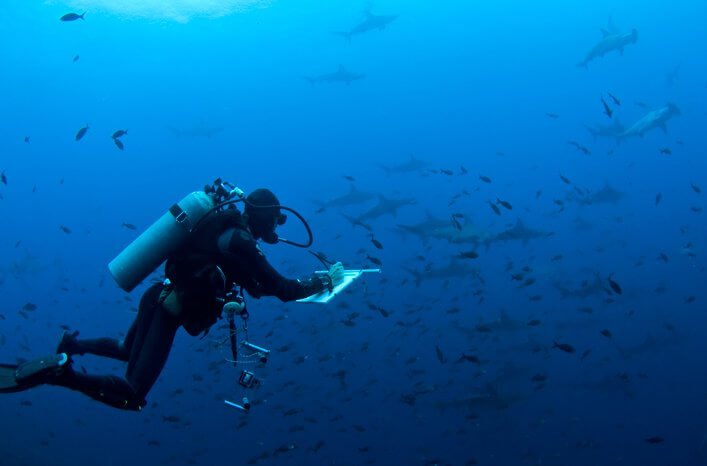
But how are humans connected to sharks? We are actually connected in many ways! Sharks are the top predators of the oceans, feeding on weak, sick or dead animals, stabilizing the populations of their prey and keeping the oceans healthy. As humans, we rely heavily on marine resources for food, especially as a source of protein. Promoting healthy ecosystems ensures we can continue to benefit from the resources that are so important to us.
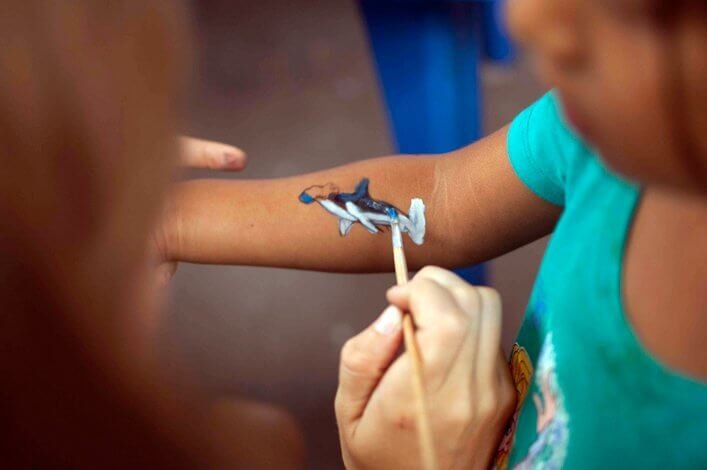
The Galapagos has a world-renowned reputation for being one of the best conserved places on earth. The more pristine a place is, the more tourists are inclined to pay to enjoy it. As such, tourism is one of the main economic drivers in the Galapagos. According to recent studies carried out by the CDF and the Pristine Seas Initiative of the National Geographic Society, and in collaboration with the Galapagos National Park Directorate, the Darwin and Wolf Islands hold the greatest shark biomass on the planet, which is why the islands have recently been declared a marine sanctuary. The great density of sharks attracts a large number of tourists each year who are willing to pay considerable amounts of money to be able to dive with sharks. When you take into account the amount of money a shark generates through tourism, the value of a living shark throughout its life in the Galapagos has been determined to be more than 5 million dollars.
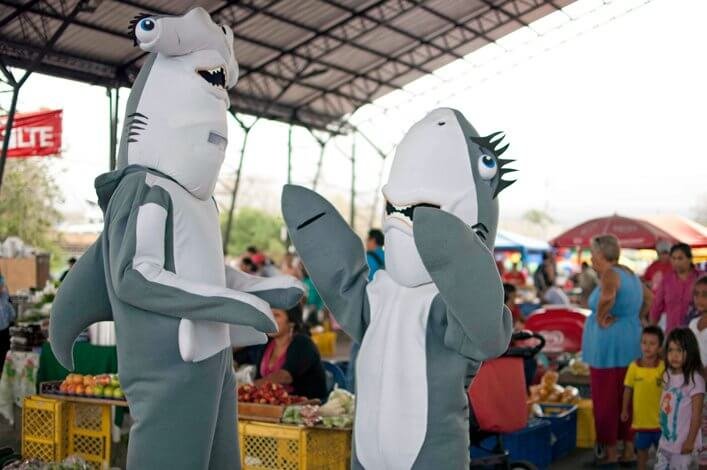
As part of the campaign, we will carry out an environmental educational campaign to teach children the importance of understanding and protecting these animals. An educational fair about sharks will be conducted in all the local schools on the islands of Santa Cruz, San Cristobal, Isabela and Floreana geared towards children between the ages of 9 and 12. We will also host different events to involve the local community in our shark conservation efforts. Five characters will serve as ambassadors, representing the most emblematic species of Galapagos: Guillo the Hammerhead shark, Ramona the shark (Whale Shark), Vanessa the tigress (Tiger shark), Pancho of the Warf (juvenile Blacktip shark) and Ron the shark. Ron was first introduced in a previous campaign against shark finning created by the Sea Shepherd Conservation Society.
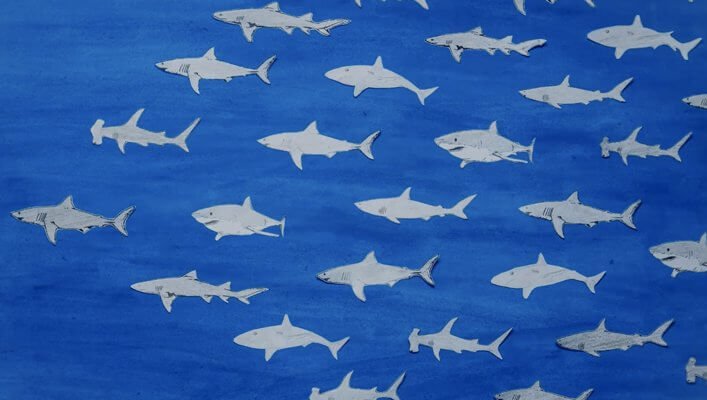
More than 100 million sharks worldwide die yearly, mostly due to shark finning, which is why more than 90% of the populations have disappeared. The Galapagos provides a refuge in the middle of the Pacific Ocean for over 30 species of sharks, thanks to the protection afforded by the Marine Reserve. But the most interesting aspect of the Galapagos is how the community has learned to coexist sustainably with these animals. Given the number of sharks in the Galapagos, many would believe that we frequently see attacks, but this is not the case.
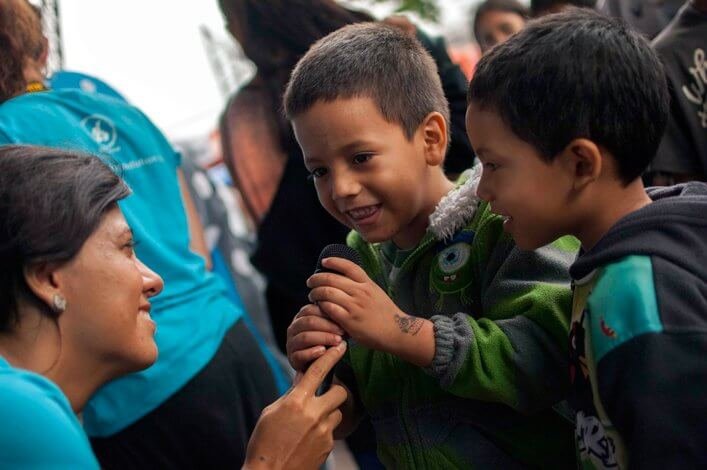
The locals have learned to be respectful towards the ocean and the creatures that inhabit it. For example, many surfers regularly enter the islands’ oceans (with precaution), even though sharks are known to be present. The abundance of marine life that can be observed in the archipelago is impressive, and sharks are a common attraction in all activities. Seeing a shark is an amazing opportunity many want to experience, and snorkeling gear is probably the first thing many travelers consider taking with them when visiting the islands! The Galapagos provide a clear example of how people have learned to live in sustainable coexistence with sharks, which allows this place to be an example of shark conservation for the entire world. If we can achieve it here, why couldn´t we do so in other places as well?
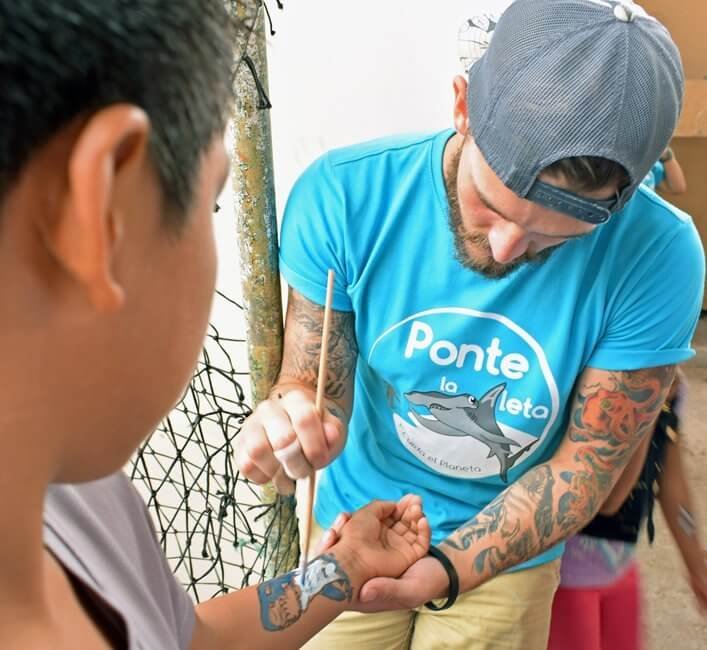
Even though it is true that sharks are very fascinating animals, it´s necessary to take precautions when we are in a place where we are certain that they are present. Let´s not forget that even though we aren´t their objective prey, they might confuse us with prey such as turtles or sea lions. We might also touch or hit them when we don´t see them in the water, which could lead to unintentional accidents. From 1989 to 2011 (22 years), 17 attacks and unconfirmed cases were registered, with insufficient data to support the claims of the unconfirmed cases. Many of these attacks were connected to improper activities that took place in shark breeding and feeding grounds. None of these attacks resulted in the death of the victim; however, we can take this information into account to ensure we take proper precautions before entering the ocean to prevent an attack:
- Always enter the water with company.
- Do not enter the water with an open wound, since blood attracts sharks.
- Avoid wearing bright colors, which sharks might confuse with fish colors.
- Do not enter the ocean at night.
- If you are diving, maintain a distance of at least 2 metres from the shark.
- Do not enter the ocean in places where organic waste is disposed of.
- NEVER attempt to touch them.
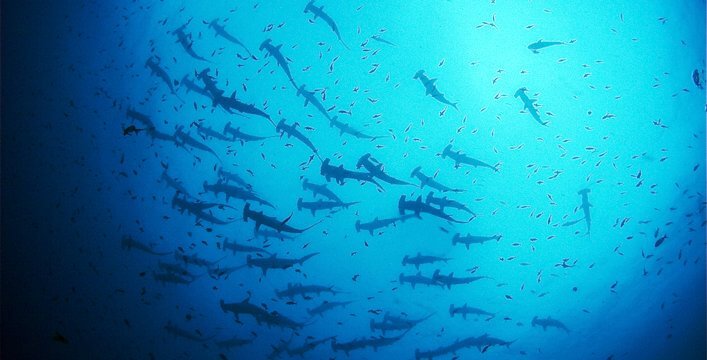
How can you become part of our campaign? If you are on the Galapagos, you can join us at the community events that will be publicized previously. If you aren´t in the Galapagos, you can still help spread the word! Upload a picture of yourself with any of our characters and download the characters here:
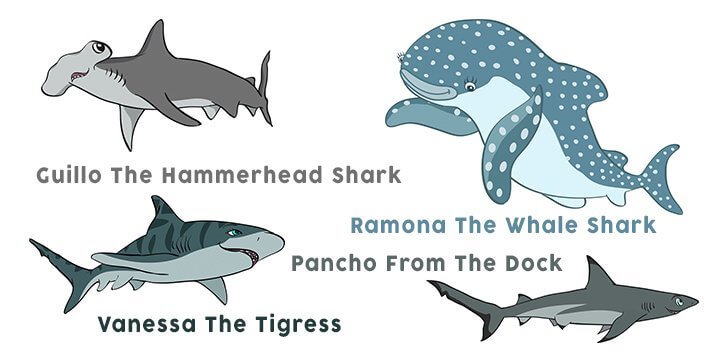
Upload them with the hashtag #ProtectTheFins
Follow us on Facebook, Instagram and Twitter as @DarwinFound
Join us and learn more about these amazing animals!
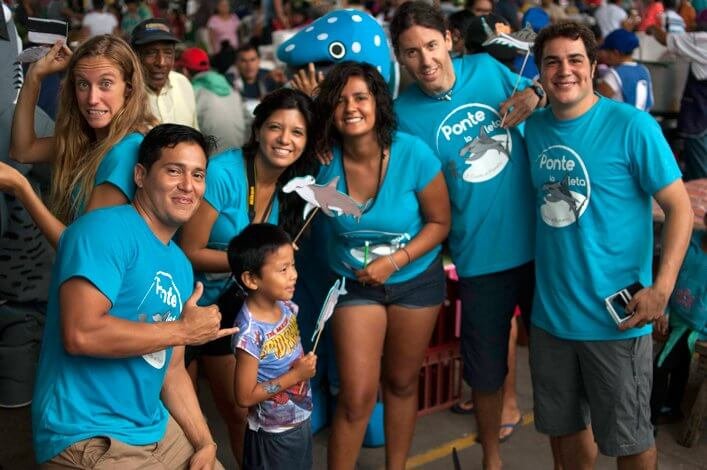
This campaign is sponsored by Save Our Seas Foundation and Lindblad – National Geographic. With the support of: Consejo del Régimen Especial de Galápagos, Gobierno Autónomo Descentralizado de Santa Cruz, Ministerio de Turismo, Instituto Oceanográfico de la Armada, Dirección de Intereses Marítimos, Casa de la Cultura Ecuatoriana – Núcleo Galápagos and Sea Shepherd Conservation Society.


